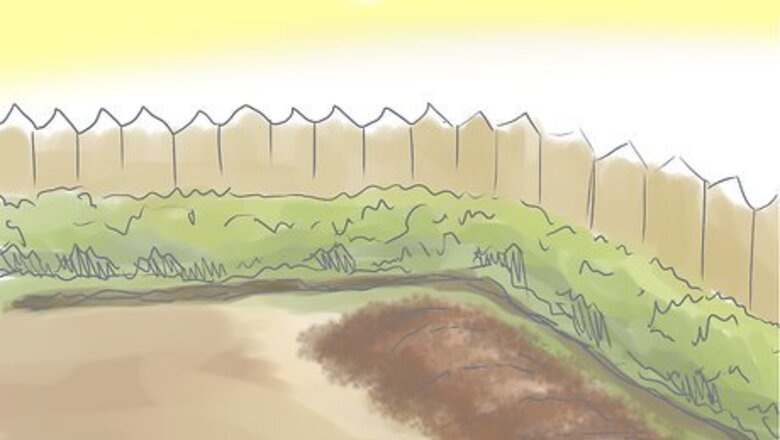
views
Prepare the Soil
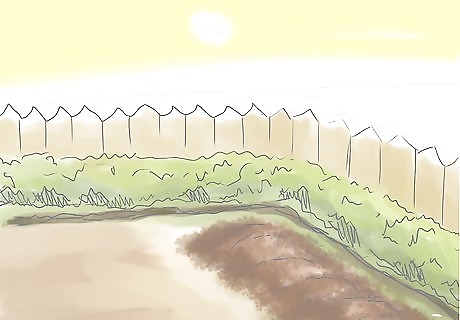
Make a soil bed for your nectarine tree. You'll need to prepare the soil a year or two before planting. Choose an area where the tree can get full sunlight. Avoid shade from structures or trees. Nectarines will not do well in soil that retains water at its surface for more than an hour after the rain. The bed should be be 5 to 6 feet (1.5 to 2 m) in diameter and 10 to 12 inches (25 to 30 cm) deep.
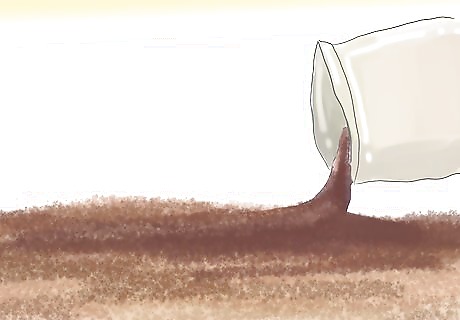
Add organic matter to the soil, including manure, grass clippings, compost and leaves.

Take the soil to a soil-testing laboratory. Soils should be taken from 6 to 8 inches (15 to 20 cm) deep and sampled every 2 or 3 years. Add lime and fertilizer as recommended to optimize the soil. The pH level shouldn't go below 6.5.
Planting

Dig a pit in the center of your prepared bed of soil. Make the hole about a foot (30 cm) wider in diameter than the root ball.
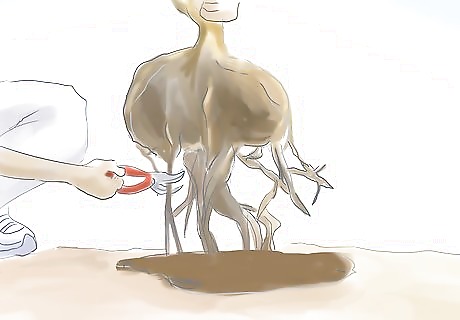
Tease out the roots from the root ball of your nectarine tree. Trim off broken and damaged roots.
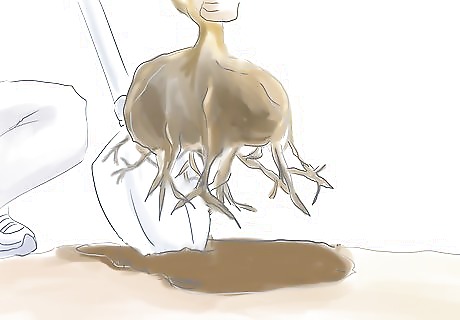
Plant the tree in the pit. Add bonemeal as you replace the topsoil. Pack the soil with your feet once it is all in place.
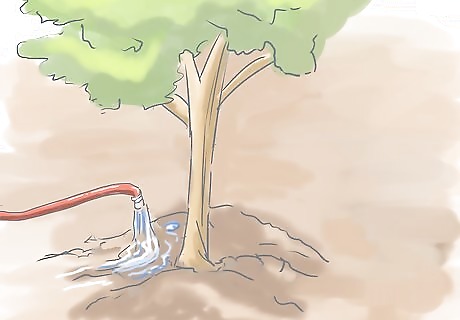
Water the plant with 2 to 5 gallons (7.5 to 19 L).
Pruning
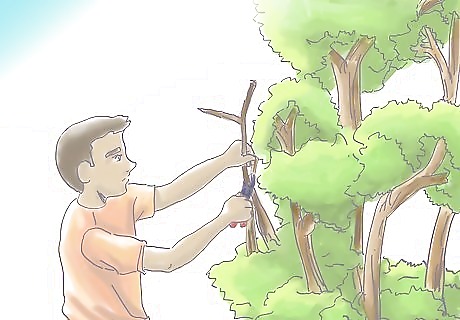
Prune the tree immediately after planting it. It should be 26 to 30 inches (66 to 76 cm) tall with no side branches. Use pruning shears to shape the tree into a "whip," meaning that the lateral branches are removed.
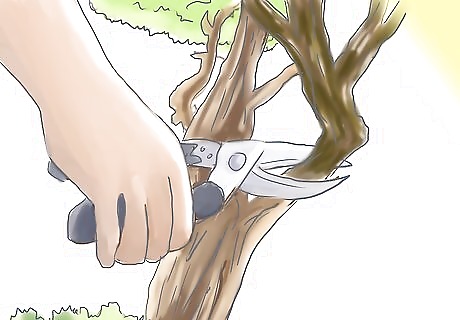
Remove diseased, broken and low-hanging limbs during the first year of growth.
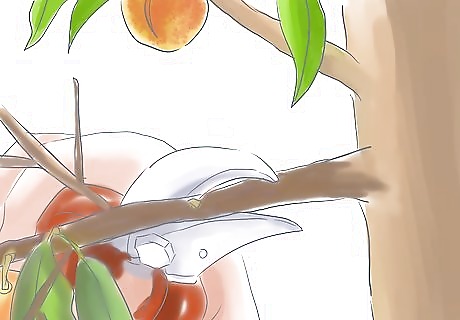
Remove stronger upright shoots that stick out of the scaffolds, but let smaller shoots grow. These will grow the fruit.

Thin the fruit when the largest nectarines are about an inch (2.5 cm) wide. Pluck some of the nectarines so that you are left with about 8 inches (20 cm) between fruits. Remaining fruit will now grow larger, and the tree won't deplete.
Maintainance
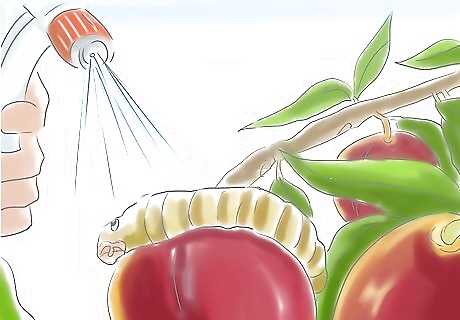
Monitor your tree on a regular basis. Identify any pests and apply insecticide or fungicide spray as needed.
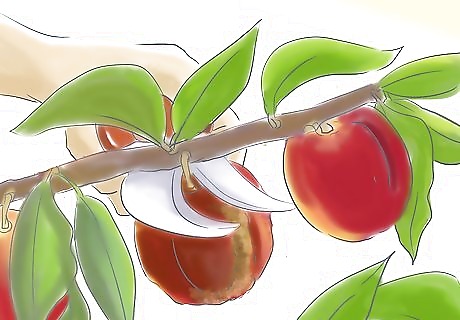
Remove old and rotted fruit from the branches and from the ground around the base of the tree.
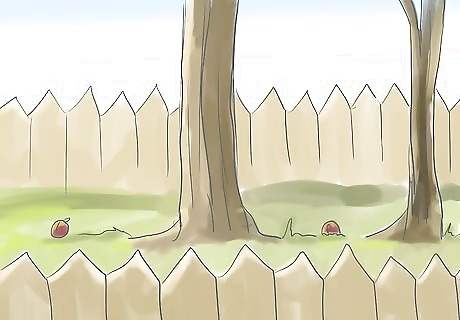
Fence the area if larger animals are eating the tree's shoots, leaves or fruit.

Prune nectarine trees annually.




















Comments
0 comment